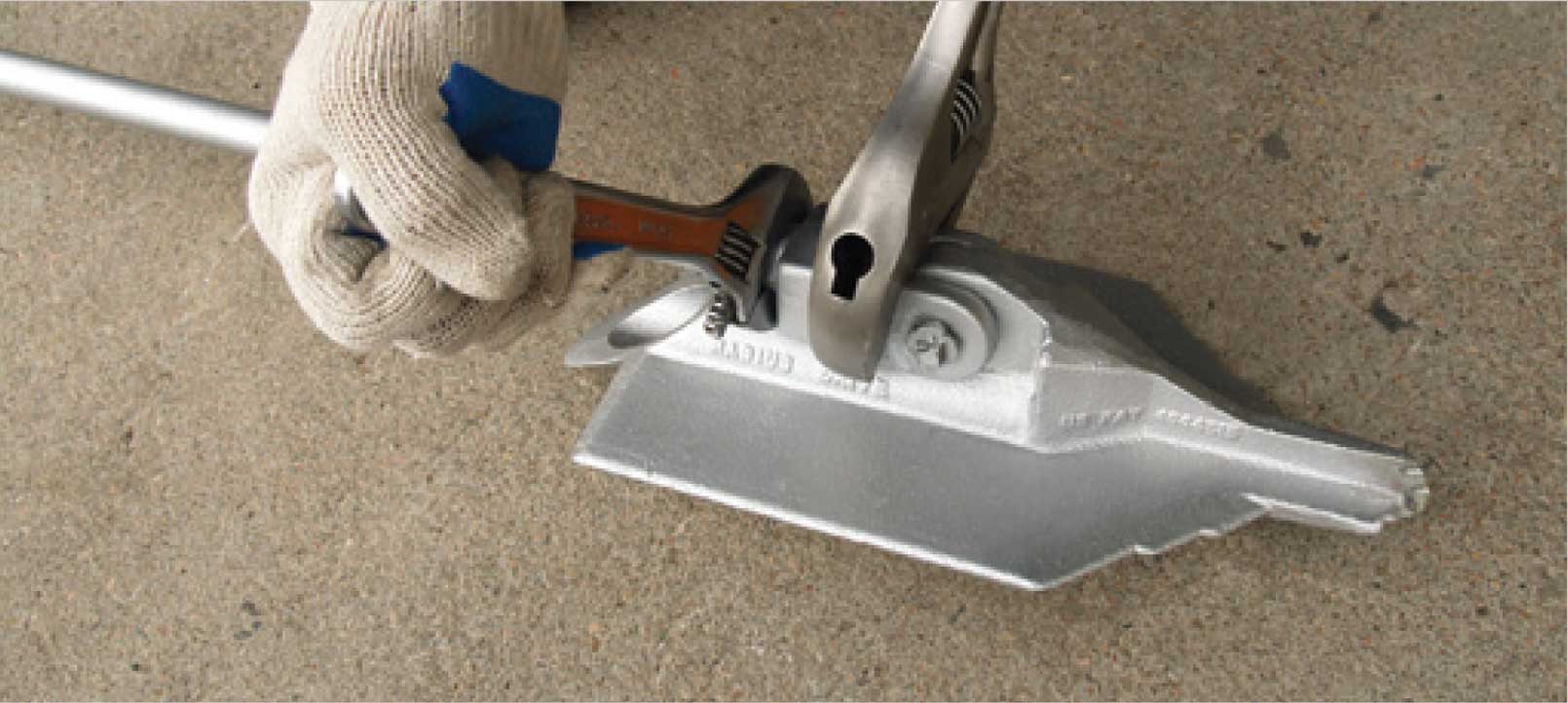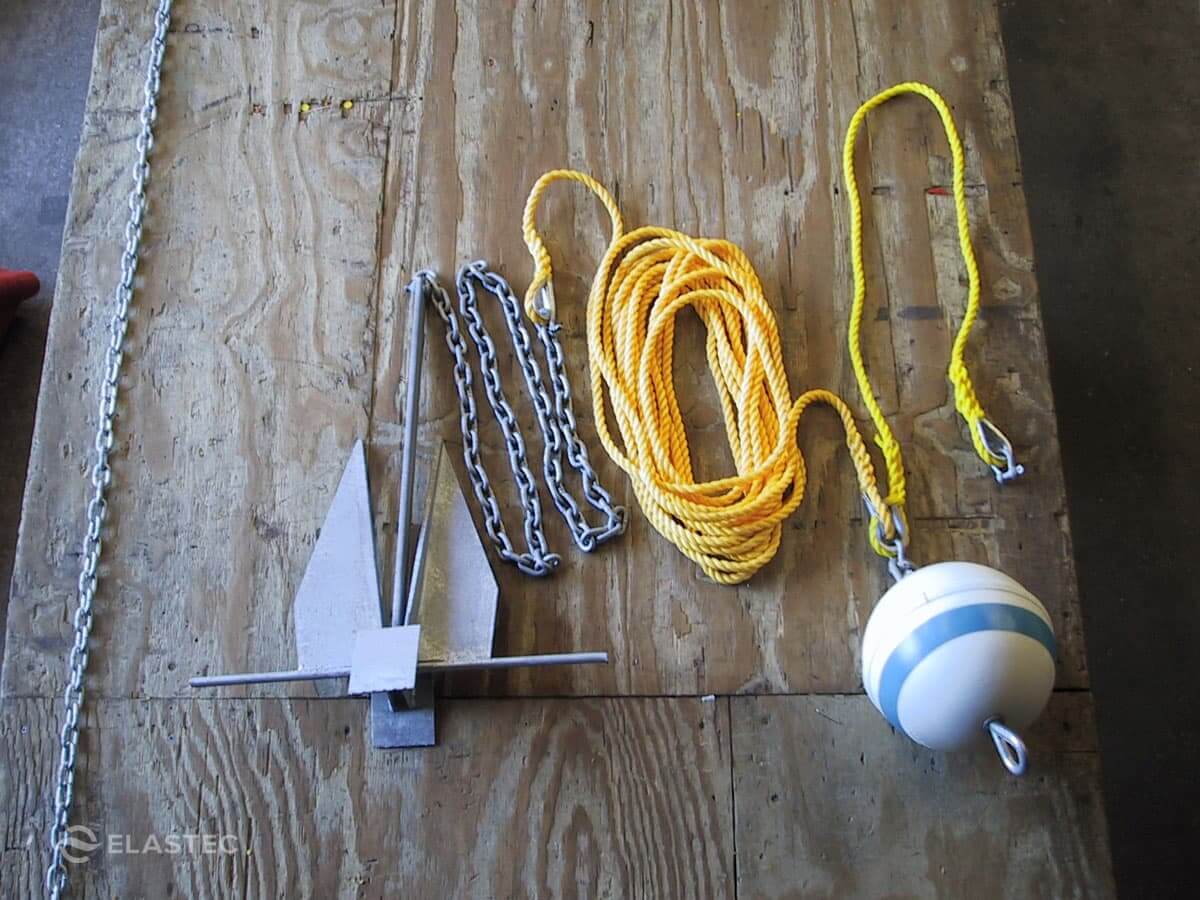Guide to Setting Up An Earth Anchor for a Stronger Structure
Wiki Article
Your Overview to Durable and trustworthy Support Systems
In the world of building, marine, and industrial applications, the option of long lasting and dependable support systems is vital for ensuring stability and safety and security. As we discover the essential elements of support systems, it becomes apparent that a well-informed option can lead to impressive renovations in safety and security and operational effectiveness, raising the concern of just how to efficiently browse this complex landscape.Relevance of Reliable Supports

Trusted supports are crucial in various applications, as they offer the necessary stability and security to make sure safety and effectiveness. In building and construction, marine, and commercial setups, the stability of frameworks and operations greatly counts on the efficiency of support systems. These supports function as foundational aspects, securing equipment, vessels, and structures versus ecological pressures such as wind, waves, and dirt movement.
The value of reputable supports can not be overemphasized. In numerous outdoor applications, such as outdoors tents or momentary shelters, trusted supports are vital for maintaining stability versus unfavorable weather conditions.
Buying top quality support systems not just improves safety however also adds to operational performance. When anchors operate efficiently, they reduce the probability of costly repairs and downtime, consequently advertising efficiency. Ultimately, the option of resilient and trustworthy anchor systems is basic for accomplishing lasting success in any venture that calls for anchoring services.
Types of Anchor Solutions
When picking anchor systems, it is important to consider the details needs of the application, as different sorts of supports are made to carry out ideally under varying problems. The primary categories of support systems include irreversible, short-term, and mobile supports, each serving unique functions.Permanent supports, frequently utilized in marine applications, are embedded into the seabed and developed for lasting security. These systems typically include screw anchors, which are helix-shaped and supply excellent holding power in various soil types.

Finally, portable supports are conveniently mobile and light-weight, making them suitable for dynamic environments such as building and construction sites or exterior recreational activities (Earth Anchor). Examples consist of sand supports and stake supports, which provide dependable assistance without the requirement for permanent installment
Picking the proper anchor kind guarantees optimum performance and safety, tailored to the details conditions and needs of the task.
Key Functions to Think About
Selecting the best support system involves not only recognizing the types readily available but likewise assessing crucial functions that affect their efficiency and viability for certain applications. One of the main factors to consider is the anchor's holding strength, which identifies its capacity to endure pressures such as wind, waves, or loads. This strength is influenced by the anchor's layout, you can find out more material, and dimension, making it necessary to choose an anchor that can appropriately meet the demands of your specific atmosphere.One more vital attribute to analyze is the simplicity of implementation and access. Supports that can be conveniently established and removed can dramatically enhance efficiency, particularly in dynamic circumstances or settings with changing conditions. Additionally, the anchor's product make-up need to be evaluated for corrosion resistance, particularly for marine applications where direct exposure to saltwater is prevalent.
Compatibility with different seabeds is likewise vital; some anchors perform better in sand, mud, or rock. Think about the anchor's weight, as this affects both its holding power and convenience of handling. By thoroughly assessing these vital attributes, you can pick an anchor system that is reputable, resilient, and tailored to your specific demands.
Upkeep Tips for Toughness
Making sure the long life of your anchor system calls for regular maintenance and focus to detail. Start by examining all elements, consisting of chains, irons, and the support itself, for indicators of wear or rust. Pay certain interest to locations that are submerged in water, as these are more prone to destruction due to salt and ecological elements.
Consistently cleaning your anchor system is crucial. Wash it with fresh water after each use, specifically if it has been exposed to deep sea. This easy technique aids to avoid the buildup of salt, sand, and particles that can cause corrosion and hinder performance.
In addition, oil moving parts regularly to ensure smooth operation and to decrease rubbing. Earth Anchor. Usage marine-grade lubes designed for severe atmospheres to shield against wetness and corrosion
When not in use,Store your anchor system appropriately. A completely dry, sheltered location can stop direct exposure to the components, reducing the danger of damage.
Lastly, consider conducting an annual complete examination by an expert to recognize any kind of possible problems that might not be noticeable to the find out untrained eye. Complying with these upkeep tips will significantly improve the resilience and reliability of your anchor system.
Picking the Right Support
Correct maintenance of your anchor system lays the foundation for effective anchoring, making the selection of support just as crucial. Choosing the best anchor includes recognizing the certain problems in which you will be running, consisting of seabed kind, water depth, and ecological variables such as wind and existing.There are a number of types of supports, each developed for different applications. Fluke anchors excel in muddy or sandy bases, while rake supports offer superior holding power in different problems due to their capacity to dig right into the seabed. If you are navigating rough terrains, a grapple anchor may be better, as it can lock onto uneven surface areas.
A general standard is to utilize a support weighing at the very least 1/10th of the watercraft's complete weight, however this next page can vary based on certain problems. Inevitably, thorough research and understanding of your anchoring demands will certainly lead you in making a notified choice pertaining to the most ideal anchor for your circumstances.
Conclusion
In conclusion, the option of reliable and durable support systems is necessary for making sure stability and safety and security throughout different applications. Regular upkeep methods, including assessments and cleaning, dramatically contribute to the durability of support systems.In the realm of building, marine, and commercial applications, the selection of sturdy and trusted support systems is critical for making certain security and safety. Eventually, the selection of dependable and sturdy support systems is fundamental for attaining long-term success in any venture that requires securing services.
Fluke supports succeed in sandy or sloppy bases, while plow anchors give remarkable holding power in numerous conditions due to their ability to dig right into the seabed. Eventually, thorough research and understanding of your anchoring needs will lead you in making an educated decision regarding the most ideal anchor for your scenarios.

Report this wiki page